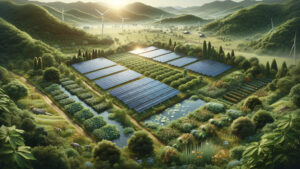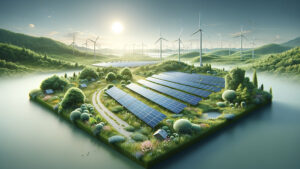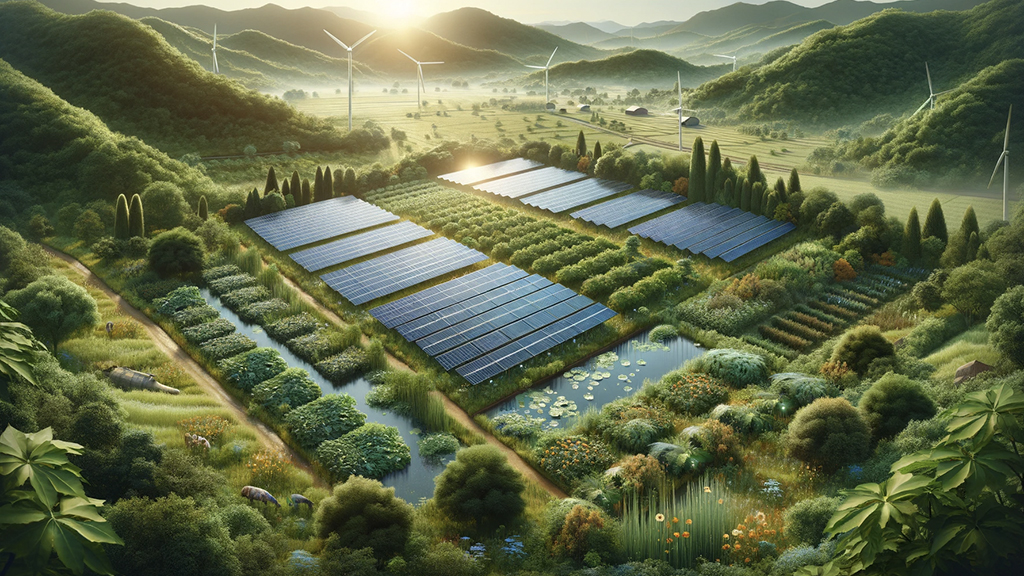 The Impact of Solar Farms on the Environment: Facts and Myths
The Impact of Solar Farms on the Environment: Facts and Myths
Did you know that photovoltaic farms, although symbols of green energy, also pose certain environmental challenges? Contrary to common belief, their impact on local ecosystems is not solely positive. It’s not just about occupying substantial land areas but also potential disruptions to the life of local fauna and flora. However, the good news is that conscious planning and design of PV farms can significantly minimize these negative effects.
Minimizing Impact on the Land: Practical Solutions
Wondering how we can reduce the negative impact of solar farms on the land? The key is environmental integration. By utilizing less fertile lands, such as degraded areas or building roofs, PV farms can limit their impact on local ecosystems. Additionally, proper site selection that considers the needs of wildlife and flora can ensure harmonious coexistence of technology and nature.
 Protecting Biodiversity: Not Just Energy, but Nature
Protecting Biodiversity: Not Just Energy, but Nature
Can PV farms support biodiversity? Absolutely! Innovative approaches, such as creating “green corridors” for wild animals or planting native vegetation around panels, can contribute to the protection and even enhancement of local biodiversity. Such practices not only reduce the impact of farms on the environment but also contribute to the creation of new, ecological habitats.
Harmony of Technology and Nature: The Future of PV Farms
As we can see, photovoltaic farms and nature can coexist in harmony. The key is conscious design and implementation of solutions that minimize negative effects while promoting healthy ecosystems. The integration of PV farms with local environments is not only possible but essential for sustainable energy development.
 Summary: Sustainable Development and the Future of Energy
Summary: Sustainable Development and the Future of Energy
In conclusion, photovoltaic farms are an important component of renewable energy strategies, but their role in the ecosystem requires careful consideration. Through integration with local environments, minimizing negative impacts, and promoting biodiversity, we can achieve a balance between energy needs and the protection of our planet. Remember, sustainable development is a process where technology and nature must work hand in hand.





